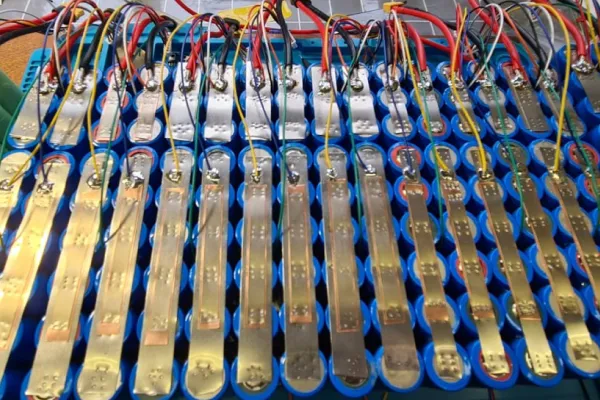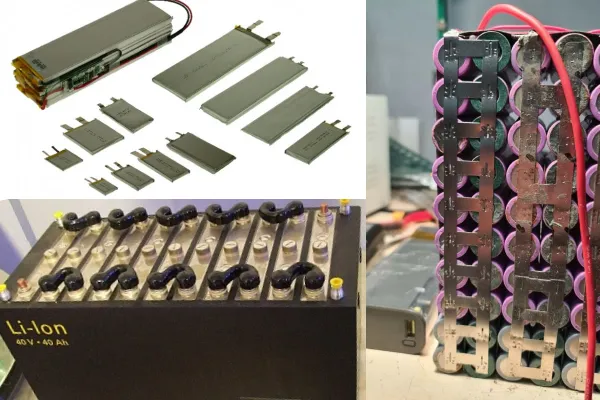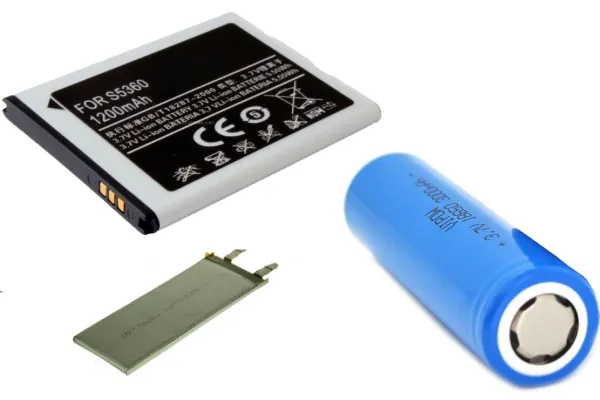About Lithium-ion Li-ion and Lithium-Iron-Phosphate LiFePo4 Batteries and Accumulators

Lithium batteries of different types are widespread, used as a power source in almost any portable equipment: fpv drones, electric scooters, electric bikes, electric motorcycles, electric bicycles, electric scooters, gyro scooters, unicycles. In addition, they are used in energy storage systems to store electricity generated by the sun or wind. These batteries are an essential element in UPS and UPS.
Design Features of Lithium-ion Li-ion Batteries
Structurally, a lithium-ion Li-ion cell consists of two electrodes - a positive cathode and a negative anode. The cathode is made of lithium cobaltate, lithium manganese or lithium iron phosphate deposited on an aluminum substrate. The anode of a modern Li-ion cell is made of graphite deposited on a copper substrate.
An ion-conducting separator impregnated with anhydrous electrolyte is installed between the electrodes. During discharge, positive lithium ions leave the cathode and are embedded in the graphite crystal lattice. The reverse process occurs during charging.
Repairability
Repair of a separate completely failed lithium cell after a large number of recharge cycles is impossible. The repackaging operation itself is almost always possible and is performed using old controllers and replacing old lithium cells with new ones.
If we talk about such faults as short circuit, open circuit, deep discharge or overcharge, any battery is repairable if it turns out that it has survived the above mentioned adversities and can be used without risk to the user.
Repairability Can Be Distinguished By the Battery Architecture
There are two types of batteries by their architecture.
Consisting of cells and solid (one cell).

Speaking about restoration after many years of wear from recharge cycles - batteries consisting of individual cells (packet, cylindrical and prismatic elements) can be repaired, restored or repackaged both with partial use of old elements and replacement of completely non-working ones with more or less working used elements with a close (to the remaining original elements) number of remaining cycles. It is also possible to completely replace all lithium elements with new ones (or used elements in good condition) using old controllers.
If you have one solid lithium element (for example, a battery in a phone), it does not always make sense to change the lithium while keeping the original controllers; you can change the entire battery as a whole; this will be just as high-quality, cheaper, and faster than repacking them.
Do-it-yourself Repairs
Battery repairs by a non-professional without tools are dangerous; at best, they will simply ruin the battery completely; at worst, you can harm your health and property. We do not recommend that you try to perform any repairs to the battery yourself, especially if you do not have the tools and do not understand what you are doing.

A solid battery or a separate faulty cell/element cannot be restored; all that can be done with them is to replace them with a new element. Again, we are only talking about restoration after many years of wear and tear. If they are simply deeply discharged or overcharged they can probably be repaired, but they could also fail completely.
